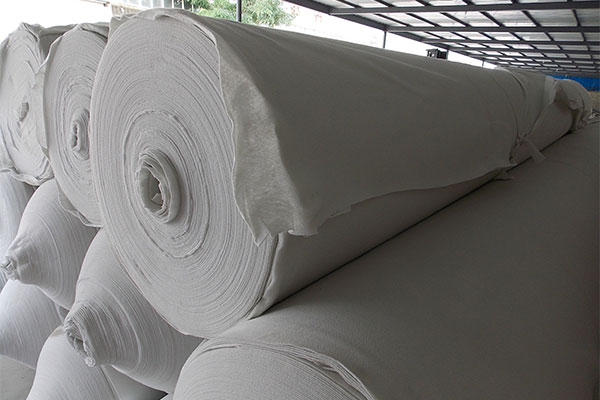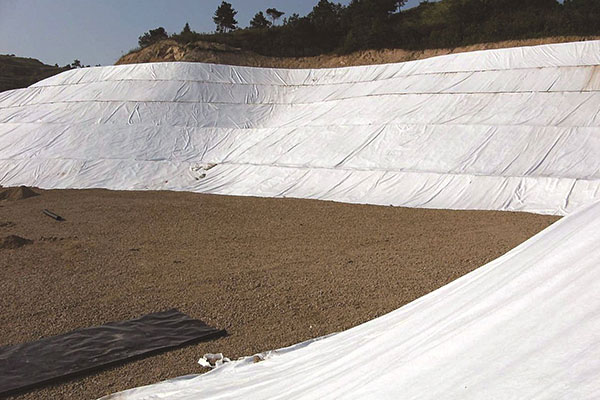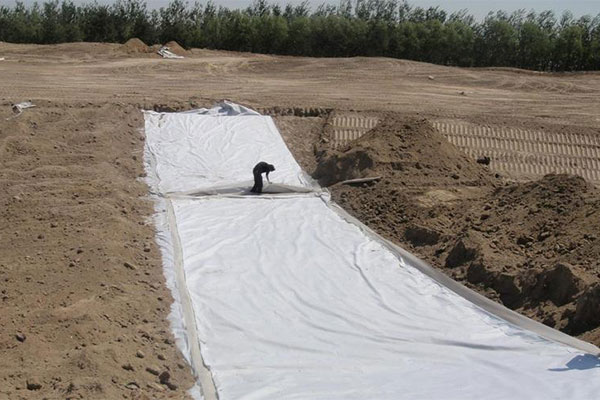What is Geotextile Fabric? A Comprehensive Guide
In the realm of civil engineering and construction, geotextile fabric stands as an unsung hero, quietly working behind the scenes to enhance the durability and performance of various structures. This versatile material has gained widespread recognition for its ability to address a myriad of challenges in construction projects.

What is Geotextile Fabric?
Geotextile fabric is a synthetic material engineered to offer a wide range of geotechnical and civil engineering applications. Composed of polypropylene, polyester, or polyethylene, these fabrics exhibit excellent strength, durability, and resistance to environmental factors. Their primary function is to provide stabilization, separation, filtration, and reinforcement in soil and construction projects.
Types of Geotextile Fabric:
1. Non-Woven Geotextiles:
Non-woven geotextiles are made by bonding fibers together through mechanical, thermal, or chemical processes. They are known for their high tensile strength, resistance to UV rays, and excellent filtration properties. Non-woven geotextiles are commonly used in road construction, drainage systems, and erosion control.
2. Woven Geotextiles:
Woven geotextiles are created by weaving individual yarns together, resulting in a strong and stable fabric. These geotextiles are ideal for applications where strength and stability are crucial, such as in road stabilization, embankment reinforcement, and subgrade separation.
3. Knitted Geotextiles:
Knitted geotextiles are produced by interlocking loops of yarn. They are known for their flexibility and high drainage capacity, making them suitable for applications like landfill drainage systems, shoreline protection, and soil erosion control.



Applications of Geotextile Fabric:
Road Construction:
Geotextile fabric is widely employed in road construction projects to enhance the performance and lifespan of roads. It serves as a separation layer between subsoil and aggregate, preventing the mixing of different materials and promoting better load distribution.
Erosion Control:
In erosion-prone areas, geotextile fabric helps stabilize the soil by preventing water-induced erosion. It is commonly used in slope stabilization, riverbank protection, and coastal erosion control projects.
Landfill Engineering:
Geotextiles play a crucial role in landfill engineering, where they are used for lining systems, leachate collection, and gas venting. Their permeability and resistance to chemical degradation contribute to the overall efficiency and safety of landfill structures.
Railway Infrastructure:
Geotextiles are utilized in railway construction to improve the stability of the subgrade, control ballast migration, and prevent soil erosion along the tracks.
Benefits of Geotextile Fabric:
- Improved Drainage: Geotextiles facilitate efficient water drainage, reducing the risk of waterlogging and ensuring the stability of construction projects.
- Enhanced Soil Stability: By preventing soil erosion and promoting load distribution, geotextile fabric significantly enhances the stability and longevity of structures.
- Cost Savings: Geotextiles can reduce the need for extensive excavation and grading, leading to cost savings in construction projects.
Conclusion:
Geotextile fabric, with its diverse applications and undeniable benefits, continues to be an indispensable component in the field of civil engineering. As technology advances, the role of geotextile fabric is only set to expand, contributing to more sustainable and resilient infrastructure across the globe.
